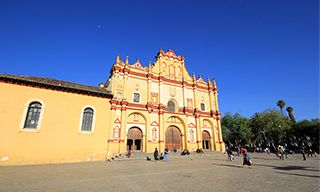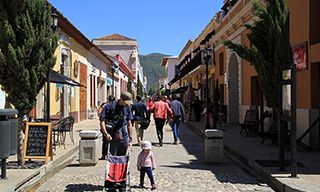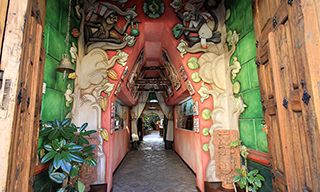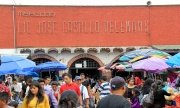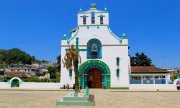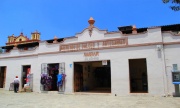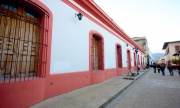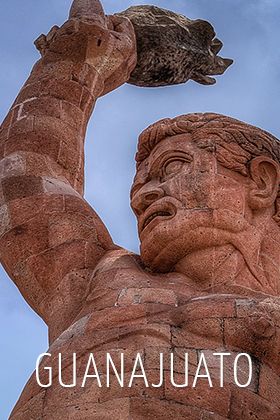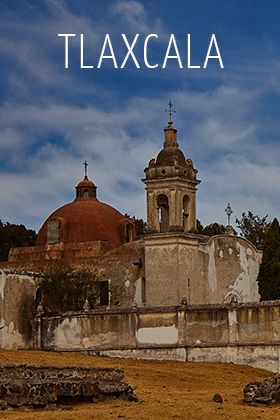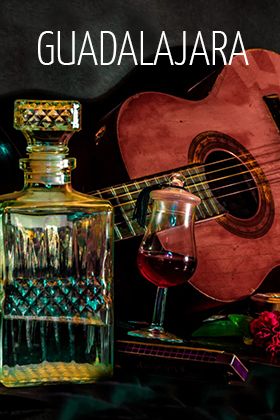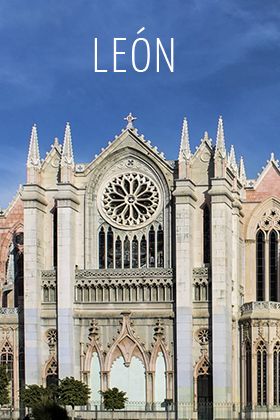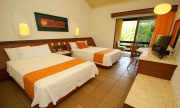Description
In the southeast of the Mexican Republic, in one of the states whose biodiversity is dazzled with extraordinary rich flora and fauna, is located one of the cities founded in 1528 by Diego de Mazariegos, following the arrival of the Spaniards. This city served in colonial times as the most important in the region, the second Villa Real de Chiapas , known as Chiapas of the Spanish or Ciudad Real. Welcome to San Cristobal de Las Casas!
And now at this present time, surviving the passage of time, and enriching its urban design with the aesthetic evolutions of successive periods, emerges a city whose architecture of distinct style gives life to one of the most beautiful tourist destinations in all the country, San Cristobal de las Casas.
Its name honors Bishop Fray Bartolomé de las Casas, defender of the native indigenous during the XVI Century and instigator of the new faith in the so called "Nuevo Mundo" (New World). Out of that united religious manifestation would derive various churches and temples which still remain to this day, and which denote the force that came into play in the collision of two distant cultures, as well as casting their spirits in the crucible of a new country born after great effort.
San Cristobal de las Casas is one of the colonial cities that still boasts public squares, cobble stone streets, red slate roofs, and traditional market places where natives of the region offer to the public, goods from their crops to ceramics, as well as their colorful traditional textiles.
As within any other city in the country, the churches and temples here are the cornerstone of an ideological projection of a society; invaluable testimonies, that serve as real foundations of national development set about in past centuries.
The Cathedral of San Cristobal like many others, is part of that historical legacy nestled in the principles of a religious faith that continues up through today. Originally built in 1535, it had by the18th century, the facade we know today, of purely baroque style.
The Church of La Merced, in spite of being erected in 1537, seems more contemporary in style because of being remodeled during the era of Predisent Porfirio Diaz (1830-1915), to a neoclassical style. Nevertheless the vestry, not without astonishment, preserves one of the buildings original vestiges, a roman arch supported by a pillar, decorated with handmade floral motifs and reliefs that represent the sun and the moon. Standing out equal in manner is the Templo de Santo Domingo, whose main features are its gigantic ornate facade, and a pulpit of outstanding beauty, to which one arrives through a golden balustrade which is set over a carved pedestal, similar to a golden chalice.
And while the churches and temples are of importance, there are certainly many other places to go in San Cristobal. Such as the Na-Bolom Museum, founded in 1950 by Franz Blom and Gertrude Duby. This museum occupies a neoclassical house of the late nineteenth century and is noted for the exhibition of traditional textiles, in addition to a library of over 10 thousand volumes on the history, culture and anthropology of the region.
Another equally interesting place is the Maya Medicine Museum which has 6 rooms displaying exhibits relating to the science of that pre-Hispanic Maya culture. You will also find: La Casa de Mazariegos and the City Hall with the rigor of its construction in stone, the beauty of silence interrupted by the ring of a stream in El Arcotete, a naturally formed arch in stone carved out by nature itself during the passage of millennia, the neighborhoods of San Diego, Santa Lucia, San Ramon, La Merced, Guadalupe, Mexicanos, and the Cerrillo, all with the characteristic magnetism of the world famous San Cristobal de Las Casas, the magical city where the visitor can get lost in the appreciation of a place that is calm and seemingly distant, in many senses, to the bustle of the big cities. You can walk to the El Carmen Arch (Torre de El Carmen), a building formerly used as the church‘s belltower, which since has became an important image of the city.
And nearby you find Zinacantán, the "Place of Bats," which characterized itself in the times of Tenochtitlán as a producer of the prized quetzal feather, jaguar skins and pieces of amber. Its Maya spirit is still close by, unfolding in the colorful flowers that are sold by the natives indigenous of the town.
And not far away, is the magical San Juan Chamula, where the Chamulans carry out with unparalleled devotion and solemnity their fused rituals within the town church. And we suggest that you do not try to photograph the Chamulans! They have the belief that through the cameras, man can steal your soul.
And as in all Mexican cities, San Cristobal holds each year its fair of grand proportions: The Fair of Spring and Peace, an event which has been celebrated for 135 years, and always with unsurpassed joy. Basically designed to trade all kinds of products, from grain and cattle to crafts, the Fair of Spring and Peace, represents by itself the remarkable representation of the social diversity and customs that remain up until today.
And we can assure you that once you come, you can never erase from memory, the special magic that gives life to the incomparable San Cristobal de las Casas, heart of Chiapas!

